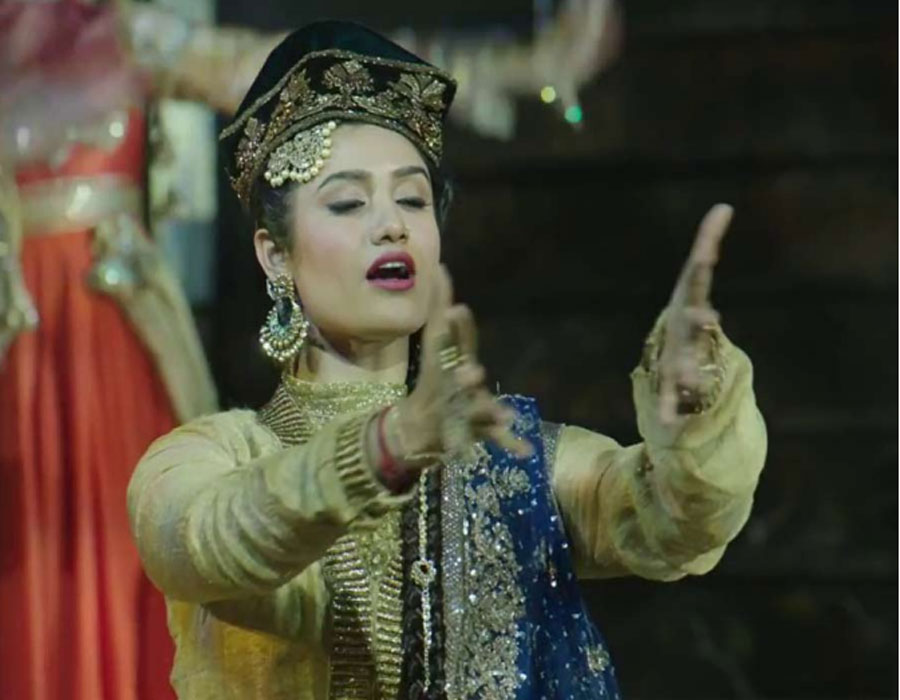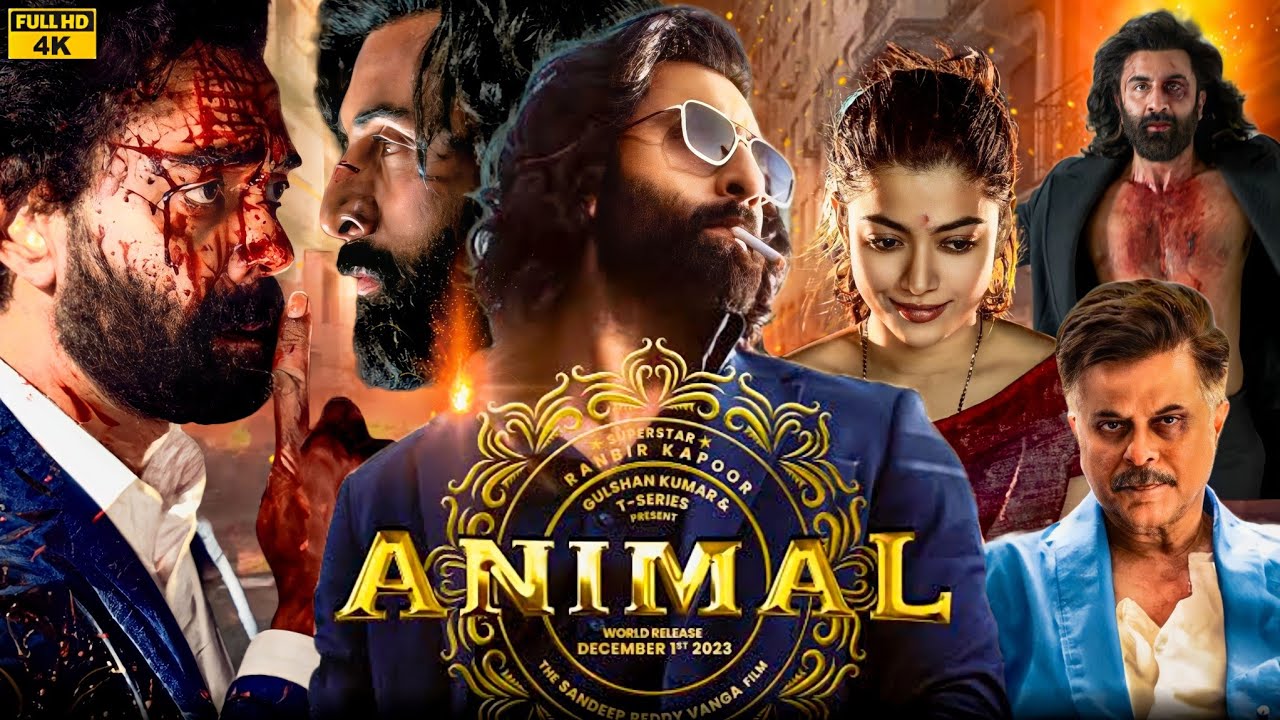After four seasons and 60 shows, stage musical Mughal-e-Azam is in town to wow Delhiites. SHALINI SAKSENA of The Pioneer unfolds the bigness of this magnum opus
For all those who don’t know anything about this classic, here is some information. It was the play Anarkali, written by Imtiaz Ali Taj way back in 1923 and staged hundreds of times before it was released as a Bollywood film by K Asif, starring Prithviraj Kapoor, Dilip Kumar
On August 5, 1960. Though historians questioned its historical accuracy, the film became the highest-grossing Bollywood film (Rs 55 million), a distinction it held for 15 years.
In 2004, the movie was re-released, in colour. The opulence was such that even today, most remember the mirrors, Madhubala and the iconic number Pyar Kiya Toh Darna Kya… To recreate the movie on any other medium would be a disaster, director Feroz Abbas Khan was told. “The day I had decided to stage Mughal-e-Azam as a stage musical, people looked at me with scepticism. They felt it would be a decisive mistake. Mughal-e-Azam is a legacy of memories. And memories are fragile so one needs to tread carefully. If you disturb these, the reaction would be strong. I have done this with great respect to K Asif. If I had made a film, the comparison would have been direct. But since I am doing it in a different medium, I have unburdened the idea of who is acting in the play. The actors sing and perform live, it is not a recording. All I have done is keep the memories alive and add a few more,” Khan tells you.
In the process, he has created a completely new theatre experience. “Even in theatre, it had to match the scale, grandeur and quality of the film. The Shapoorji Pallonji Group (owners of the movie) and the National Centre for the Performing Arts (NCPA) wanted that it should have the same scale and imagination as of the movie,” Khan says.
It was an uphill task even for Khan who is known for works like Tumhari Amrita and Mahatma vs Gandhi. The challenge here was to get so many live performers together and put out a show in just two-and-a-half months. “I was constrained by time. But I had an extraordinary team and collaborators to bring it all together,” Khan says. This team includes choreographer Mayuri
Upadhya and designer Manish Malhotra who has designed the around 600 costumes used in the show.
Upadhya, a Bharatnatyam dancer and director of Bengaluru-based Nritarutya Dance Collective, feels that the challenges are innate to the title. “The biggest one was to create a team. I didn’t want to use my own team as I wanted to go with pure Kathak and maintain the authenticity. To audition 200-250 dancers from all over the country, choose from them and ensure that they are in sync with each other was a challenge,” Mayuri says. Pyar Kiya toh..., the sheesh mahal and the dance steps were retained. But it was only after listening to MS Subbalaxmi that the inspiration came to her for choreographing Pyar Kiya...
“One can cheat through the camera in a movie. On stage, it is always about truth. But risks need to be taken. In the song Pyar Kiya.... the magic is in Madhubala’s eyes and her ada, not steps. But on stage, the challenge is that the actor has to sing and dance and move with a lot of energy. There was need to keep the audience glued in,” Mayuri tells you.
Then there were discussions on costumes with Manish, especially for Pyar Kiya... The song is the defining moment of this musical. Mayuri hopes that through musicals like this, people get an experience — whether it is watching a movie or a dance recital that changes their lives forever. “Musicals are entertaining and have artistic value and flavour. Musical dramas should be just a trend but something that stays with you forever. I am glad we have finally woken up to this,” Mayuri says.
When went to seek Shapoorji Pallonji Group director Deepesh Salgia’s go-ahead, his only demand was that the musical should be as grand or grander than the film. “When Feroz narrated the concept, I told him it had to be 10 times the scale of what he had then envisaged. That would be mandatory if my Group will become a part of this musical. The response thus far has been in our favour, a work of art watched by thousands last year,” Salgia adds. “People want entertainment. As long as the show is great, it will be loved. The skill lies in storytelling and not the format,” Salgia adds.
Khushroo Suntook, NCPA chairman, says he came aboard when Feroz was looking for a venue and told them he also needed a partner. “We agreed because we had not done anything on such a large scale. The show has the best artists from India and global technological props,” he adds.
But to bring this musical to Delhi was not easy for lack of a venue to stage such a grand show. Even for Jawaharlal Nehru Indoor Stadium, the entire setup had to be done from scratch which incurred crores. “It’s not about profit for this artistic venture,” Suntook says. Perfection is such that for every lead artiste, there is a back-up. Also, as the show-makers are doing more than one show a day, there is could be need for another person to take over.
For Anarkali, Priyanka Barve and Neha Sargam have been roped in and for both it is a lifetime opportunity. “It is a nerve racking but exciting and unforgettable experience for a singer, artiste,” says Sargam, a singer, dancer and actor with singing being her first love. Hailing from Bihar, she comes from a musical family. Acting never entered her mind till one of the producers approached her for a TV show Chand Chhupa Badal Mein on Star Plus. After TV, came theatre.
Barve has a similar journey. “When I was offered this role, I did not want to give so much time to the show. But after six months, Feroz sir wanted to discuss it again. I had seen Phantom Of The Opera when I was 21 and was blown away by its grandeur. When I realised that this show too would be at that large a scale I decided not join,” Barve says.
The costumes designed by Manish Malhotra are heavy and rich, sometimes difficult to lift. “But now that we have done four seasons and I am used to it,” Barve says. Her favourite parts are Pyar Kiya... and Khuda Nigehbaan Ho Tumhara. The first is something she waits for as an act. “There is this energy and transformation that takes place in Anarkali. She is scared of Akbar but here, in this song she has a devil may care attitude and expresses her love for Salim. The second song is touching,” Barve tells you.
Director Khan is happy with Non-Bollywood leads and feels having stars from films “would have been a disaster,” Khan opines. “A theatre actor can go into cinema but for a film actor to get into theatre is next to impossible. I had a girl from TV who was excited about the show. But the first day she came half-hour late and that was her last day.
The discipline of theatre, the integrity with which you have to work since it is live, is crucial. In theatre, you work with humility,” he says. But viewers will not be disappointed, whether it is Pyar Kiya... with the mirrors sequence or any other aspect of the show. “It is a visually stunning musical,” Khan says.








 OpinionExpress.In
OpinionExpress.In















Comments (0)